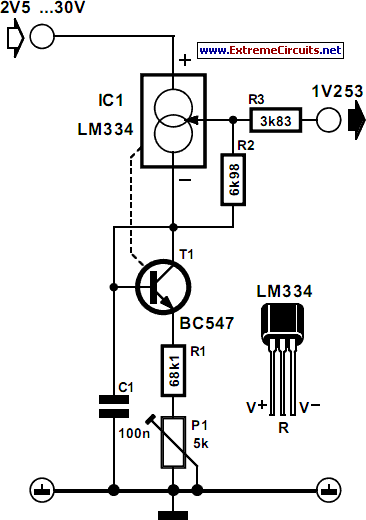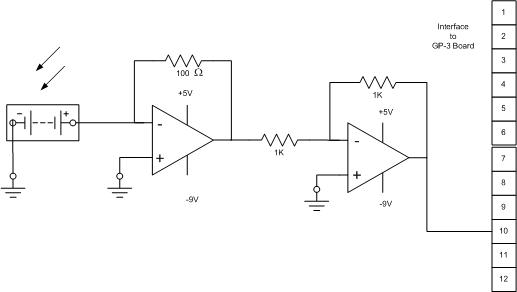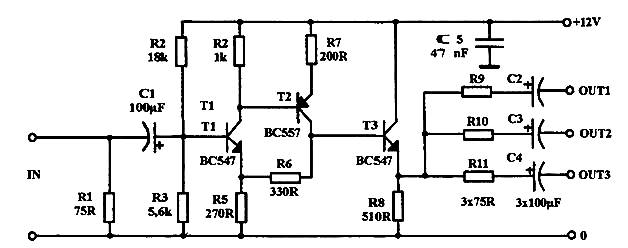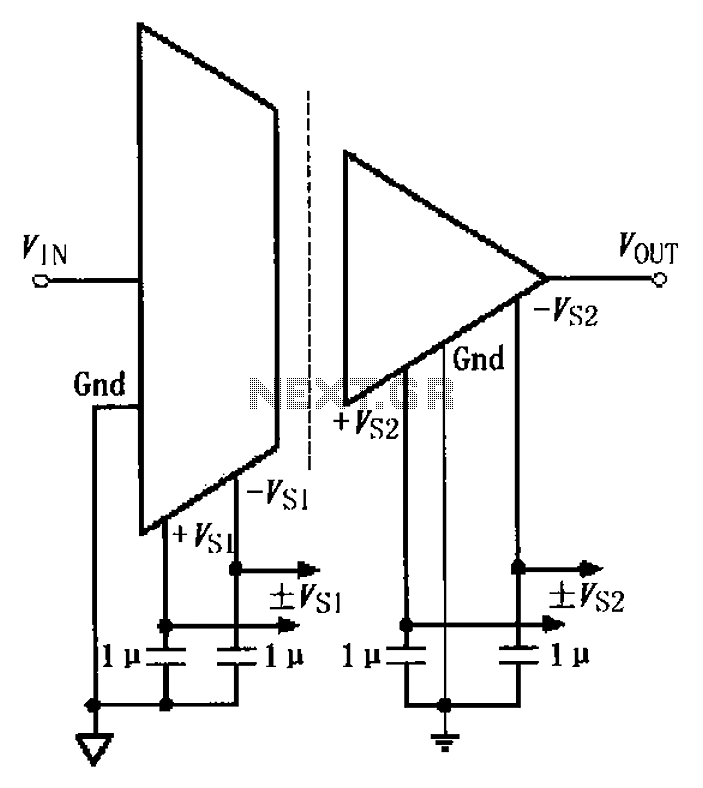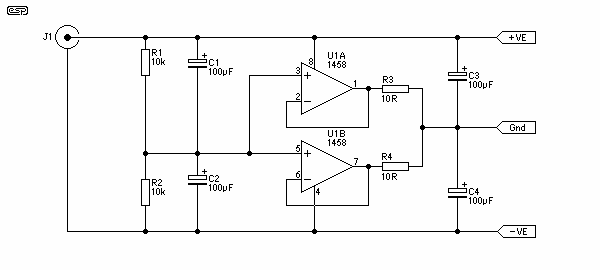
Transformerless Power Supply

I have received a few emails asking for a transformerless power supply. Here is such a supply. This supply uses no heavy step down transformer and has an extremely low parts count. The circuit can be built very small and can supply small currents for small projects. The major downfall of this supply is that it is not isolated from the AC line and can only supply small currents.
The transformerless power supply operates directly from the AC mains voltage, typically 120V or 240V, depending on the region. This type of power supply is particularly suitable for low-power applications, such as powering small electronic devices, LED lights, or microcontroller projects.
The basic design usually incorporates a series resistor or capacitor to limit the current flowing into the circuit. A common component used in such designs is a non-polarized capacitor, which offers a high impedance to the AC signal while allowing a small amount of current to pass through. The value of this capacitor is critical, as it determines the output current capability and the voltage drop across it.
Additionally, a rectifier circuit, often a bridge rectifier or a single diode, is included to convert the AC voltage to a pulsating DC voltage. Following the rectification, a smoothing capacitor is typically added to reduce the ripple voltage, providing a more stable DC output. The output voltage can be further regulated using a low-dropout voltage regulator or a zener diode, depending on the desired output specifications.
Safety is a significant concern with transformerless power supplies due to the lack of electrical isolation from the mains. This design poses a risk of electric shock if the circuit is not handled properly. Therefore, it is crucial to implement adequate protective measures, such as fuses or circuit breakers, and to ensure that the circuit is housed in a suitable enclosure to prevent accidental contact.
In summary, while a transformerless power supply is compact and cost-effective for low-power applications, it is essential to consider the inherent risks associated with its design and operation. Proper engineering practices and safety precautions must be employed to mitigate these risks.I have received a few emails asking for a transformerless power supply. Here is such a supply. This supply uses no heavy step down transformer and has an extremely low parts count. The circuit can be built very small and can supply small currents for small projects. The major downfall of this supply is that it is not isolated from the AC line and can only supply small currents. 🔗 External reference
The transformerless power supply operates directly from the AC mains voltage, typically 120V or 240V, depending on the region. This type of power supply is particularly suitable for low-power applications, such as powering small electronic devices, LED lights, or microcontroller projects.
The basic design usually incorporates a series resistor or capacitor to limit the current flowing into the circuit. A common component used in such designs is a non-polarized capacitor, which offers a high impedance to the AC signal while allowing a small amount of current to pass through. The value of this capacitor is critical, as it determines the output current capability and the voltage drop across it.
Additionally, a rectifier circuit, often a bridge rectifier or a single diode, is included to convert the AC voltage to a pulsating DC voltage. Following the rectification, a smoothing capacitor is typically added to reduce the ripple voltage, providing a more stable DC output. The output voltage can be further regulated using a low-dropout voltage regulator or a zener diode, depending on the desired output specifications.
Safety is a significant concern with transformerless power supplies due to the lack of electrical isolation from the mains. This design poses a risk of electric shock if the circuit is not handled properly. Therefore, it is crucial to implement adequate protective measures, such as fuses or circuit breakers, and to ensure that the circuit is housed in a suitable enclosure to prevent accidental contact.
In summary, while a transformerless power supply is compact and cost-effective for low-power applications, it is essential to consider the inherent risks associated with its design and operation. Proper engineering practices and safety precautions must be employed to mitigate these risks.I have received a few emails asking for a transformerless power supply. Here is such a supply. This supply uses no heavy step down transformer and has an extremely low parts count. The circuit can be built very small and can supply small currents for small projects. The major downfall of this supply is that it is not isolated from the AC line and can only supply small currents. 🔗 External reference
